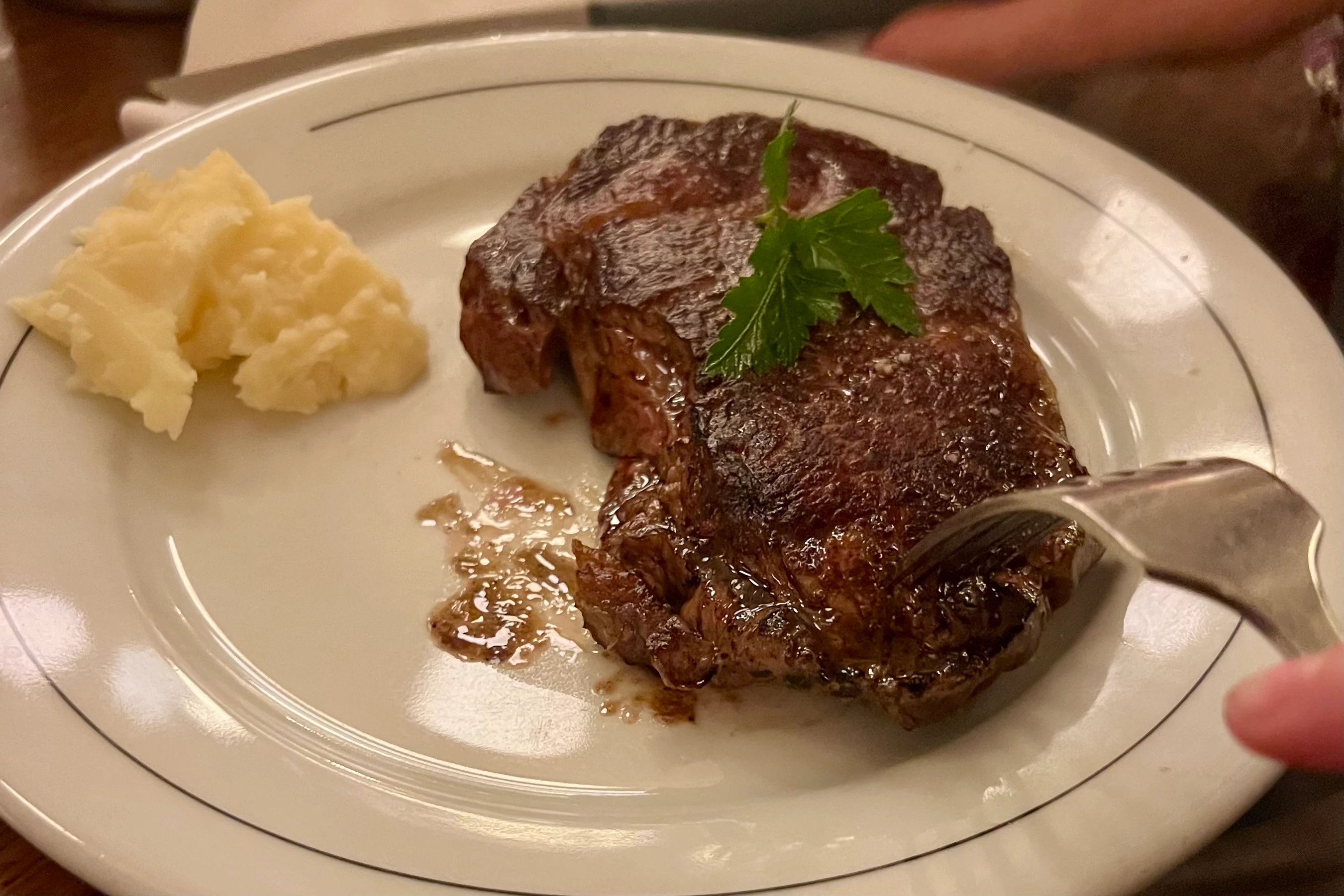 |
| Cook the perfect organics beef steak |
Collaborative post by another author.
There’s something undeniably satisfying about a beautifully cooked steak. It’s rich, full of flavour and indulgent in all the right ways. Whether it’s seared to perfection in a hot pan or kissed by flame on the barbecue, steak is one of those meals that always feels like a treat.
But not all steaks are raised or cooked with the same care. If you’re reaching for quality, sustainability and full flavoured confidence on the plate, organic beef might be exactly what you're looking for. Getting the most flavour from organic food means knowing what "organic" really means and how to cook it perfectly.
What Makes Beef Steak Organic?
Organic beef comes from cattle raised on certified organic farms that prioritise animal welfare, sustainable farming practices and natural diets. These animals are never given routine antibiotics or growth hormones and are fed a diet free from genetically modified crops and synthetic pesticides.
They also have access to pasture and are raised in conditions that reduce stress and promote well-being. In the UK, trusted certifications like the Soil Association and OF&G ensure those high standards are met. When you buy organic beef, you’re choosing meat that’s produced with both quality and ethics in mind.
It’s not just about what the cattle are not given; it’s about how they're allowed to live.
Why Organic Standards Improve Taste and Quality
The flavour of a steak begins long before it reaches your kitchen. Cattle raised slowly on grass-rich diets are thought to develop more complex, layered flavours and firmer texture. There’s time for natural marbling to develop, which means richer taste and juicier cuts.
Stress has a direct impact on meat quality, affecting everything from tenderness to shelf life. When animals are raised in low-stress, natural environments, the difference shows up on the plate. Organic beef tends to have a cleaner, more distinctive flavour, one that doesn’t need to hide behind heavy seasoning or sauces.
Choosing the Right Cut for the Occasion
Not all steaks suit the same method or mood. Some are bold and rich; others are lean and delicate. Choosing the right cut helps you get the most from your organic selection.
- Sirloin is a great all-rounder; flavourful, tender and easy to cook.
- Ribeye is known for its marbling, making it rich and indulgent.
- Rump offers robust flavour and is ideal for those who prefer a firmer bite.
- Fillet is the most tender, with a buttery texture that’s perfect for special occasions.
If you're planning to buy organic beef steak, think about how you want to cook and serve it. Whether it’s a date-night dinner or a summer barbecue, there’s a cut that suits.
How to Cook Organic Beef Steak Perfectly
Cooking steak is as much about restraint as it is about heat. Start by bringing the meat to room temperature and patting it dry. Season simply with salt and pepper, when the meat is high quality, it doesn’t need much else.
Use a heavy pan or hot grill, sear the steak on both sides and adjust for your preferred doneness. For medium rare, aim for 2–3 minutes per side depending on thickness. Always rest the steak for at least five minutes before serving. This method allows the juices to redistribute and keeps it tender.
Organic beef can sometimes cook slightly faster due to its lower water content, so keep a close eye and trust your instincts.
Savour the Quality in Every Bite
Steak is more than just a meal; it’s a moment. And when it’s raised right, cooked well and served simply, it becomes something unforgettable. Serve your steak with seasonal sides that complement but don’t compete. Roasted root vegetables, grilled asparagus, new potatoes with rosemary, or a crisp salad work beautifully. No matter how you plate it, great steak doesn’t need much to impress. For flavour you can trust and quality that reflects real care, explore Rhug Estate’s organic beef steaks — expertly prepared and delivered from a farm that puts ethics and excellence first.


















No comments
Thanks for your comment (unless it's spam in which case, why?)